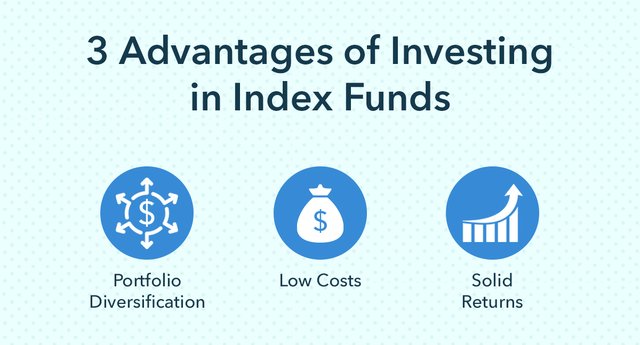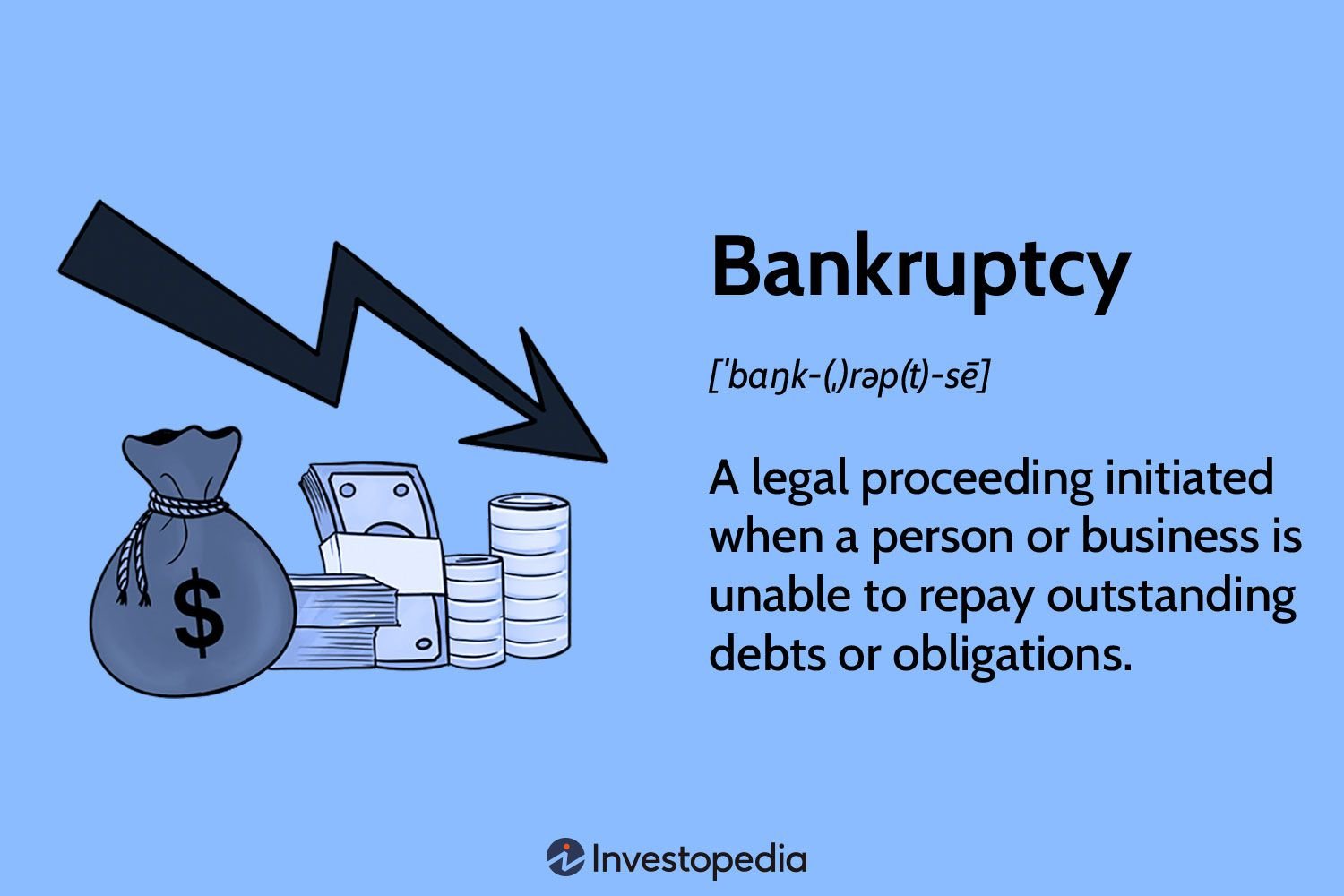Struggling to manage your monthly mortgage payments? We’ve got you covered! In this article, we’ll share some valuable tips for lowering your monthly mortgage payments without compromising your financial stability. Whether you’re a first-time homebuyer or someone looking to refinance, these practical strategies will help you regain control of your budget and free up some much-needed cash. So, if you’re eager to find ways to reduce the burden of your mortgage, keep reading for expert advice and actionable steps that can make a real difference in your financial journey. Let’s dive in!
Tips for Lowering Your Monthly Mortgage Payments
Owning a home is a dream for many, but it comes with financial responsibilities, including the monthly mortgage payment. However, there are strategies you can implement to lower your monthly mortgage payments and save money in the long run. In this article, we will explore various tips and techniques to help you achieve this goal.
1. Refinance your mortgage
Refinancing your mortgage involves replacing your current loan with a new one, typically at a lower interest rate. By refinancing, you can potentially lower your monthly mortgage payments and reduce the overall cost of your loan. Here’s how you can approach refinancing:
- Research current interest rates: Keep an eye on the market to determine if interest rates have dropped, making it an opportune time to refinance.
- Check your credit score: A good credit score will increase your chances of securing a lower interest rate.
- Compare lenders: Shop around and obtain quotes from multiple lenders to find the best refinancing option for you.
- Consider closing costs: Take into account any closing costs associated with refinancing to ensure it makes financial sense.
- Calculate potential savings: Use online calculators to estimate your new monthly payments and determine if refinancing is worthwhile.
2. Extend your loan term
Extending the term of your loan can also lead to lower monthly mortgage payments. While this approach may result in paying more interest over the life of the loan, it can provide short-term relief if you’re facing financial constraints. Here are the steps to consider:
- Assess your financial situation: Evaluate whether extending your loan term aligns with your long-term financial goals.
- Consult with your lender: Discuss the possibility of extending your loan term with your lender and understand the impact it will have on your overall mortgage.
- Calculate the new payment schedule: Use mortgage calculators to determine your new monthly payments and decide if it’s a viable option for you.
- Factor in potential interest rate changes: Anticipate how interest rate fluctuations may affect your mortgage payments in the future.
3. Make a larger down payment
Saving for a larger down payment before purchasing your home can significantly reduce your monthly mortgage payments. By putting more money down upfront, you can decrease the principal amount and potentially secure a lower interest rate. Consider the following steps:
- Create a budget: Determine how much you can save each month, and cut expenses where possible to accelerate your down payment savings.
- Explore down payment assistance programs: Research local government programs or grants that can provide assistance with your down payment.
- Consider alternative funding sources: Look into options like personal loans or borrowing from family members to boost your down payment amount.
- Consult with a mortgage professional: Seek advice from a mortgage broker or lender to assess the impact of a larger down payment on your monthly payments.
4. Pay for mortgage insurance upfront
If your down payment is less than 20% of the home’s purchase price, you may be required to pay for private mortgage insurance (PMI). Instead of including the PMI premiums in your monthly payments, consider paying for it upfront. By doing so, you can reduce your monthly mortgage payments. Follow these steps:
- Review PMI requirements: Understand the PMI rules and regulations set by your lender.
- Calculate the upfront premium: Determine the total PMI costs and evaluate if paying it upfront is financially feasible.
- Weigh the pros and cons: Analyze the impact of paying upfront versus having it spread out over your loan term.
- Consult with your lender: Discuss the upfront payment option with your lender to ensure it aligns with their policies.
5. Appeal for a property tax reassessment
Property taxes can be a significant portion of your monthly mortgage payments. If you believe your property tax assessment is too high, you can appeal for a reassessment to potentially lower your future payments. Here’s how you can proceed:
- Research local tax laws: Understand the process and requirements for appealing property tax assessments in your area.
- Gather supporting evidence: Collect any relevant documentation or evidence that shows your home’s value is lower than assessed.
- Prepare a formal appeal: Follow the guidelines provided by your local tax authority and submit a written appeal with supporting evidence.
- Attend the hearing: If required, attend the scheduled hearing to present your case and provide additional information if needed.
- Review the reassessment: Once the reassessment is completed, review the revised property tax amount and evaluate the impact on your monthly mortgage payments.
6. Make additional principal payments
Paying extra towards your mortgage principal each month can lead to substantial savings over time. By reducing the principal amount, you can decrease the remaining balance and potentially shorten your loan term. Consider these steps:
- Assess your budget: Determine how much additional money you can allocate towards your mortgage payments each month without straining your finances.
- Instruct your lender: Inform your lender that any extra payments should be applied towards the principal balance.
- Automate payments: Set up automatic transfers to ensure consistent additional payments to your principal balance.
- Review your progress: Monitor the impact of the additional payments over time and track your remaining loan balance.
- Consider refinancing after significant payments: Once you have made considerable progress, explore refinancing options to potentially secure a better interest rate.
7. Review your homeowners insurance policy
Homeowners insurance is a necessary expense, but that doesn’t mean you can’t save money on it. By reviewing your policy annually, you can ensure you’re getting the best coverage at the most competitive rate. Follow these steps to lower your homeowners insurance costs:
- Research multiple insurance providers: Obtain quotes from various insurers to compare coverage options and premiums.
- Bundle insurance policies: Consider combining your homeowners insurance with other policies, such as auto insurance, to qualify for multi-policy discounts.
- Inquire about discounts: Ask insurance providers about any available discounts, such as loyalty discounts or home security system discounts.
- Assess coverage limits: Evaluate your coverage limits to ensure they align with your needs and adjust them if necessary.
- Review deductibles: Increasing your deductible can lead to lower premium payments, but ensure you can comfortably afford the deductible amount in case of a claim.
In conclusion, lowering your monthly mortgage payments is possible with careful planning and strategic decision-making. Whether it’s through refinancing, extending your loan term, making a larger down payment, paying upfront for mortgage insurance, appealing for a property tax reassessment, making additional principal payments, or reviewing your homeowners insurance policy, implementing these tips can help you save money in the long run. Take the time to assess your financial situation and explore these strategies to find the best fit for your circumstances.
3 Ways to Reduce Your Monthly Mortgage Payment
Frequently Asked Questions
Frequently Asked Questions (FAQs)
How can I lower my monthly mortgage payments?
There are several tips that can help you lower your monthly mortgage payments:
Can I refinance my mortgage to lower my monthly payments?
Yes, refinancing your mortgage is a common strategy to lower your monthly payments. By refinancing, you can take advantage of lower interest rates or extend the repayment term, resulting in reduced monthly payments.
What is the ideal mortgage repayment term to lower monthly payments?
The ideal mortgage repayment term to lower monthly payments varies depending on your financial situation. Generally, opting for a longer term, such as a 30-year mortgage instead of a 15-year mortgage, can help reduce your monthly payments. However, keep in mind that choosing a longer term may result in paying more interest over the life of the loan.
Can I negotiate a lower interest rate with my mortgage lender?
Yes, it’s possible to negotiate a lower interest rate with your mortgage lender. This can be done by demonstrating your creditworthiness, comparing offers from different lenders, or seeking the assistance of a mortgage broker to find the best rate for your situation.
Is it possible to remove private mortgage insurance (PMI) to lower payments?
Yes, if your mortgage loan includes private mortgage insurance (PMI), you may be able to remove it once you have built enough equity in your home. Contact your lender to determine the requirements and process for removing PMI.
Can making extra payments towards my mortgage help lower monthly payments?
Making extra payments towards your mortgage can help you reduce the principal amount and therefore lower your monthly payments. By paying more than the minimum required, you can potentially shorten the loan term as well.
Are there any government programs available to help lower mortgage payments?
Yes, there are government programs such as the Home Affordable Refinance Program (HARP) and the Home Affordable Modification Program (HAMP) that can assist homeowners in lowering their mortgage payments. These programs are designed to help borrowers facing financial hardship to avoid foreclosure and stay in their homes.
Is it advisable to pay discount points to lower monthly mortgage payments?
Whether it is advisable to pay discount points to lower monthly mortgage payments depends on your specific financial situation and how long you plan to stay in your home. Paying discount points upfront can help lower the interest rate and subsequently decrease your monthly payments. However, it’s essential to calculate the break-even point to determine if paying discount points will yield long-term savings.
Note: The answers provided are general in nature. It is recommended to consult with a mortgage professional or financial advisor for personalized advice based on your specific circumstances.
Final Thoughts
In conclusion, implementing these tips can help you lower your monthly mortgage payments. First, consider refinancing your mortgage to take advantage of lower interest rates. Secondly, making extra payments towards your principal can reduce the overall amount owed and the interest charged. Additionally, exploring government-backed loan programs or negotiating with your lender for better terms are viable options. Lastly, cutting unnecessary expenses and budgeting effectively can free up funds to put towards your mortgage. By applying these strategies, you can successfully reduce your monthly mortgage payments and alleviate financial stress.



